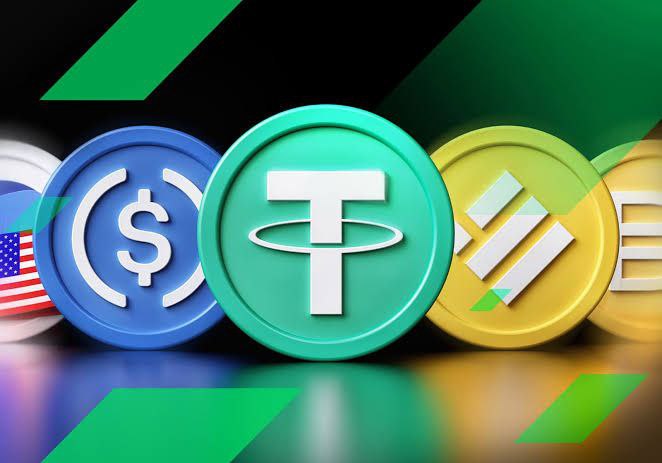Okay, let’s dive into some interesting buzz making the rounds. Word on the street (or rather, from the supply chain) is that Apple might be shaking things up with the iPhone 18 launch in 2026. Instead of the usual all-at-once reveal, we could be looking at a staggered release. I’ve been digging into what this could mean, and here’s what I’ve gathered.
The Rumor Mill: Pro vs. Non-Pro
The buzz, initially reported by The Information, suggests Apple plans to release the Pro versions of the iPhone 18 in the fall of 2026, sticking to the familiar September window. However, the more budget-friendly iPhone 18 models might not see the light of day until later – potentially half a year later. This isn’t something Apple has done before with its flagship releases, so it’s raising eyebrows.
Why the split? That’s the million-dollar question. Supply chain constraints are often a factor in these kinds of decisions. The global chip shortage impacted industries significantly, and while things have improved, complexities in manufacturing can still lead to delays. Consider a report by Deloitte, which indicates that supply chain disruptions remain a top concern for businesses, influencing product release strategies. It’s conceivable that specific components needed for the non-Pro models could be facing bottlenecks.
Impact on the Market
A two-phased launch could have several ripple effects. For starters, it gives the Pro models a solid six-month window to shine without competition from their less expensive siblings. This could boost initial sales for the high-end devices. Secondly, it could affect consumer behavior. Some people might be tempted to jump on the Pro bandwagon right away, while others might wait for the full lineup before making a decision. According to Statista, consumer electronics purchase decisions are often heavily influenced by product reviews and comparisons. A split launch allows more focused attention on each release phase. Finally, this move allows Apple to fine-tune the marketing strategy around each set of devices, highlighting different features and appealing to distinct customer segments.
Potential Benefits for Apple
- Optimized Production: Staggering the launch could ease pressure on production lines, allowing for better quality control.
- Targeted Marketing: Apple can tailor marketing campaigns to specific models, maximizing impact.
- Extended Hype Cycle: A delayed launch keeps Apple in the news longer, generating sustained interest.
- Flexibility: It gives Apple more wiggle room to address any last-minute issues with the non-Pro models.
- Maximized Revenue: By prioritizing the Pro models initially, Apple can capture the early adopter market willing to pay a premium.
The Bigger Picture: Apple’s Strategy Shift?
Could this be a sign of a larger shift in Apple’s strategy? Perhaps they’re moving towards a more modular approach to product releases, prioritizing innovation and managing potential risks more effectively. Consider the increasing complexity of smartphone technology. Features like advanced camera systems, enhanced displays, and custom silicon require meticulous engineering and rigorous testing. By spacing out the releases, Apple could ensure that each model meets its stringent quality standards.
Historical Context
Apple has a history of adapting its launch strategies based on market conditions and technological advancements. Remember when they introduced the iPhone SE as a mid-cycle refresh? While not a flagship launch, it demonstrated their willingness to deviate from the annual release cycle when necessary. A two-phased iPhone 18 launch would be a more significant departure, but it wouldn’t be entirely out of character for a company that thrives on innovation and adaptation.
Possible Challenges
Of course, a split launch isn’t without its potential downsides. It could create confusion among consumers, especially if the feature sets of the Pro and non-Pro models aren’t clearly differentiated. Apple would need to carefully manage expectations and ensure that the benefits of the staggered release outweigh any perceived inconvenience. According to a survey by Consumer Reports, clarity and transparency are crucial for maintaining customer trust during product launches. Apple needs to be upfront about the reasons for the split and provide clear information about the availability of each model.
Looking Ahead: What Does This Mean for You?
Ultimately, the success of a two-phased iPhone 18 launch will depend on how well Apple executes the plan. If they can effectively manage expectations, communicate the benefits, and deliver compelling products in both phases, it could be a win-win for both the company and its customers.
As a tech enthusiast, I’m definitely curious to see how this plays out. A split launch could signal a new era for Apple’s product strategy, one that prioritizes flexibility, innovation, and customer satisfaction.
Key Takeaways
- Apple might launch the iPhone 18 in two phases in 2026, with Pro models arriving first.
- Supply chain constraints could be a driving factor behind this decision.
- A split launch could benefit Apple by optimizing production and marketing efforts.
- Consumers might experience a longer wait for the non-Pro models.
- This could signal a larger shift in Apple’s product release strategy.
Frequently Asked Questions
Will the non-Pro iPhone 18 models have different features than the Pro models?
While details are scarce, it’s likely the non-Pro models will have some feature differences to justify the price gap. Expect the Pro models to boast advanced camera technology, potentially a more powerful processor, and premium materials.
Is this confirmed?
No, this information is based on reports from supply chain sources and hasn’t been officially confirmed by Apple. However, these sources often provide reliable insights into Apple’s plans.
Should I wait for the non-Pro models if I’m on a budget?
That depends on your priorities. If you’re looking for the latest and greatest features, the Pro models might be worth the wait. However, if you’re comfortable with slightly less cutting-edge technology, the non-Pro models could offer excellent value.
How will this affect the resale value of older iPhones?
Typically, the release of new iPhones leads to a decrease in the resale value of older models. A split launch might amplify this effect, as consumers eager for the latest technology will be more inclined to upgrade.
Where can I stay updated on the iPhone 18 launch?
Follow reputable tech news websites, blogs, and social media accounts for the latest updates. You can also sign up for email newsletters from trusted sources to stay informed.


